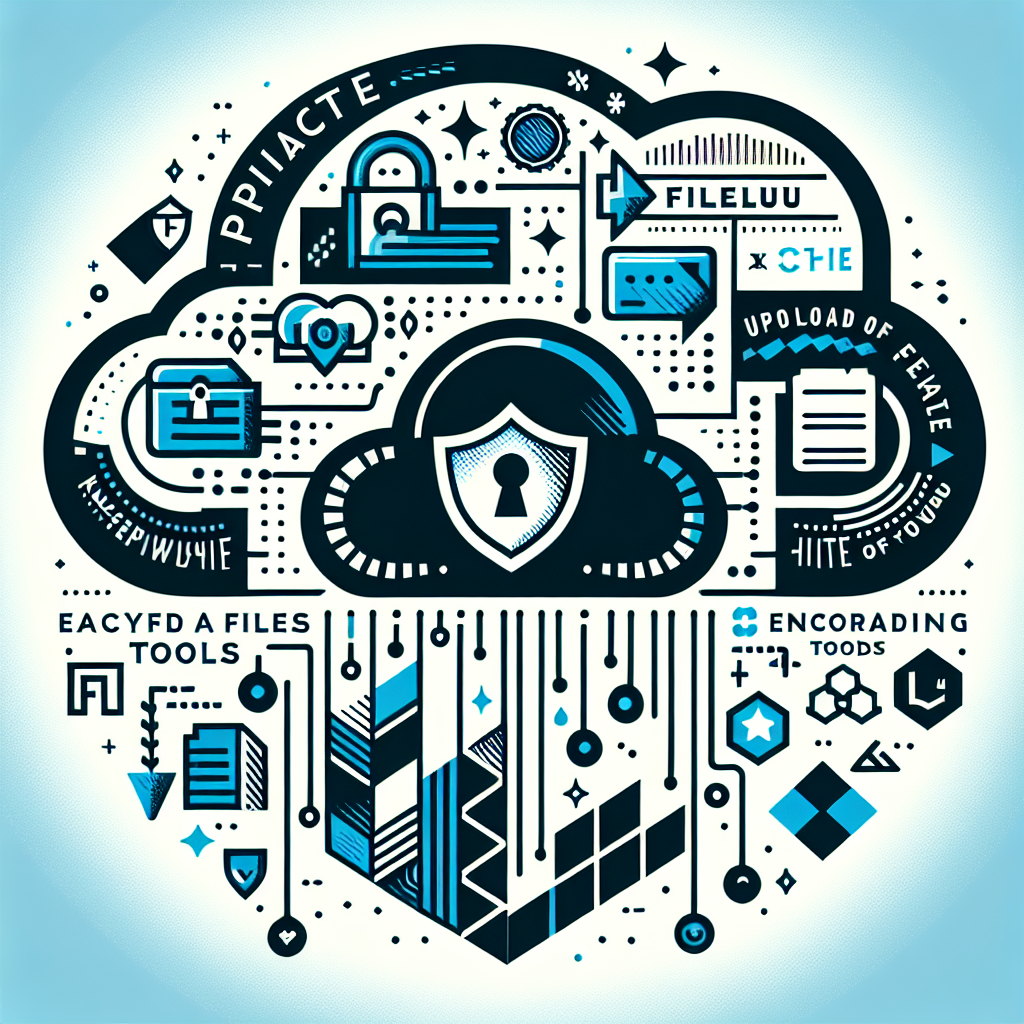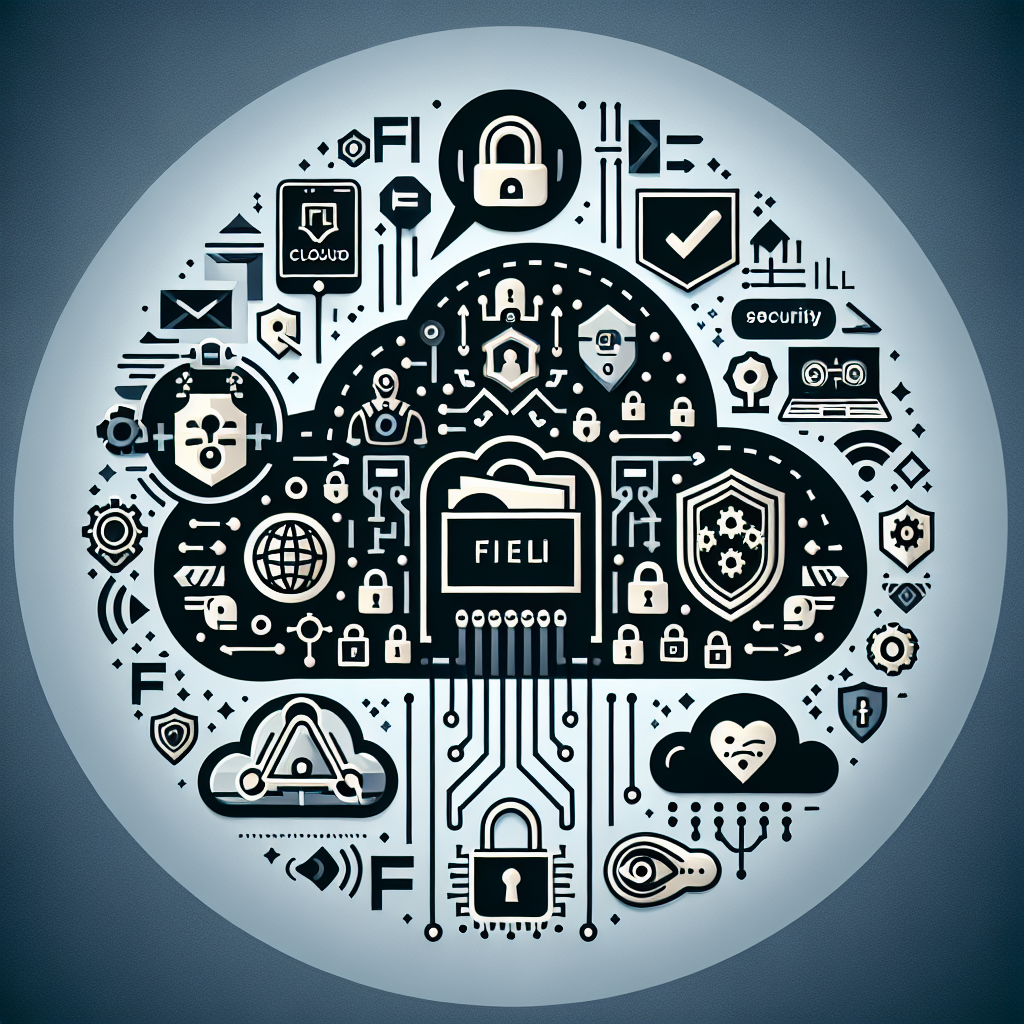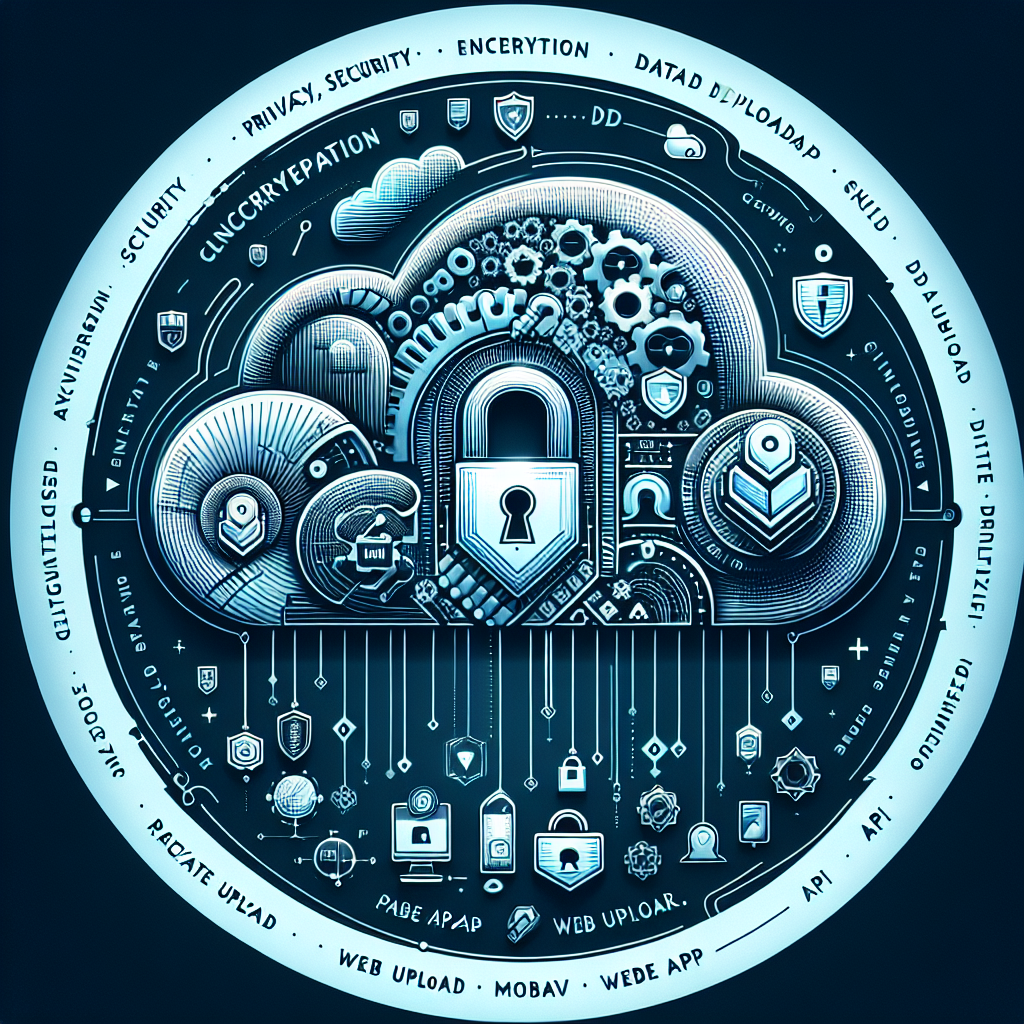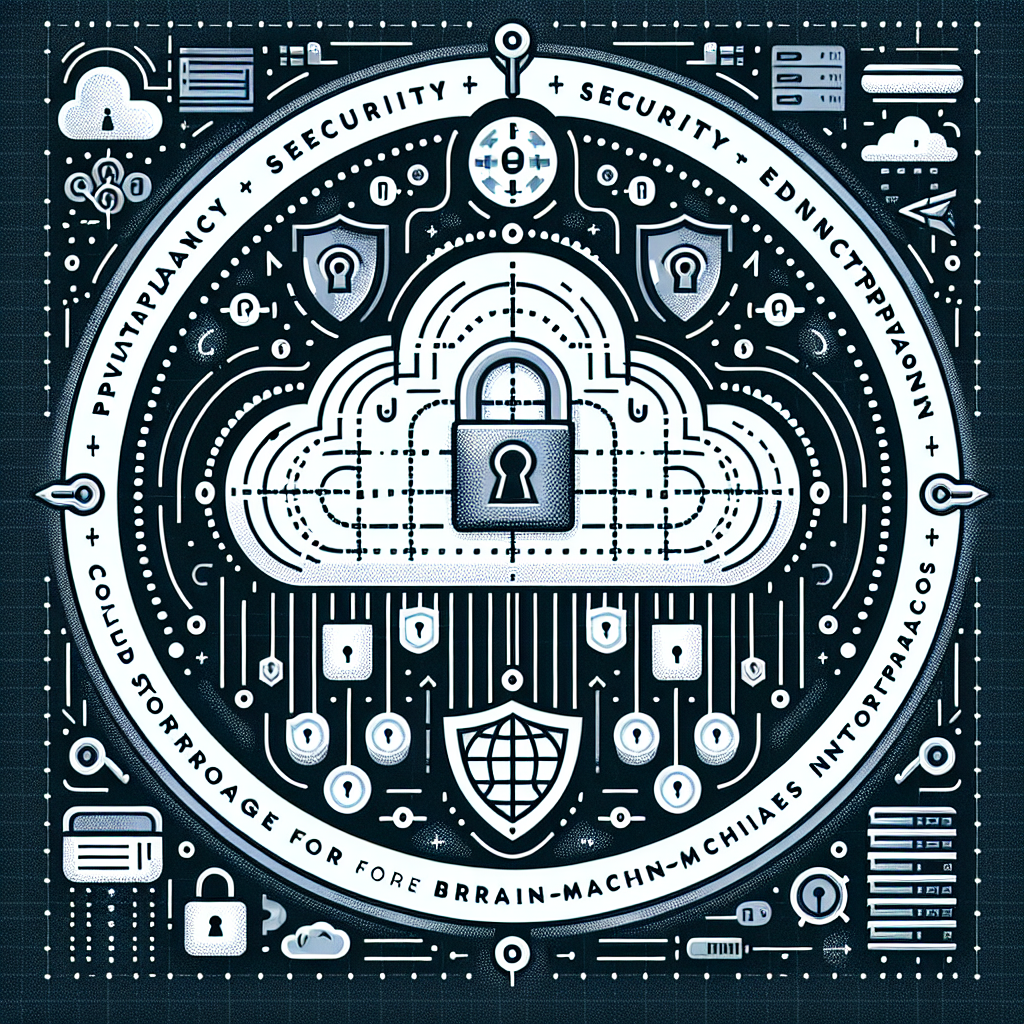Unlock encrypted content
Please enter your SSCE key to initiate on-the-fly decryption.
Decryption key: (Click cancel if you don't have the key)
Copied link to clipboard.
This feature is unavailable for free accounts. Upgrade now and enjoy all Premium benefits.
Go Premium!
This feature is unavailable for free accounts. Upgrade now and enjoy all Premium benefits.
Go Premium!
Please open this page in browser ( Google Chrome or Safari ) to use this feature.
Open In Browser
Nanotechnology and the Future of Memory Storage
Random related video for this blog.
Copied share link to clipboard.
From personal photos and videos to important documents and files, the need for efficient and secure storage solutions has never been greater. This is where nanotechnology comes into play. With its ability to manipulate matter at the atomic and molecular level, nanotechnology holds the key to revolutionizing memory storage. In this article, we will explore the potential of nanotechnology in uploading human brain or memory to cloud storage, advanced weaponry, large file sharing, data backup and recovery, data deduplication, Internet of Everything (IoE), file collaboration, file sharing capabilities, and quantum encryption.
Uploading Human Brain or Memory to Cloud Storage
One of the most intriguing possibilities offered by nanotechnology is the concept of uploading a human brain or memory to cloud storage. Imagine a future where our memories and consciousness can be preserved digitally, allowing us to live on even after our physical bodies have ceased to exist. While this may sound like science fiction, recent advancements in nanotechnology have brought us closer to this reality. Researchers are exploring the use of nanobots, tiny robots that can navigate through our brain's neural networks, to map and digitize our memories. These nanobots would be able to detect and record the electrical signals generated by our neurons, creating a digital replica of our neural connections. This digital replica could then be uploaded to a cloud storage system, allowing us to access and relive our memories at any time. The implications of this technology are profound. It could revolutionize the fields of neuroscience and psychology, allowing us to gain a deeper understanding of how our brains work. It could also have significant implications for healthcare, as doctors could use this technology to study and treat neurological disorders. However, ethical questions surrounding privacy and identity would need to be carefully addressed before this technology becomeswidely available.
Advanced Weaponry
Nanotechnology also has the potential to revolutionize the field of advanced weaponry. By manipulating matter at the nanoscale, scientists can create materials with unique properties that can be used in the development of more efficient and powerful weapons. For example, nanomaterials can be used to create armor that is lighter and stronger than traditional materials, providing better protection for soldiers on the battlefield. Furthermore, nanotechnology can be used to develop smart weapons that can adapt and respond to changing conditions. Nanobots could be programmed to identify and neutralize specific targets, making warfare more precise and reducing collateral damage. Additionally, nanosensors could be used to detect chemical and biological agents, providing early warning systems for potential threats. While the development of advanced weaponry raises ethical concerns, it also has the potential to enhance national security and protect lives. It is crucial that policymakers and scientists work together to ensure that these technologies are used responsibly and ethically.Large File Sharing
In today's interconnected world, the ability to share large files quickly and securely is essential. Traditional file sharing methods often have limitations in terms of file size and transfer speed. However, nanotechnology offers a solution to this problem. By leveraging the unique properties of nanomaterials, researchers have developed nanoscale devices that can store and transmit large amounts of data. These devices, known as nanochips, have the potential to revolutionize file sharing by allowing users to transfer large files in a matter of seconds. Furthermore, nanochips can be integrated into existing devices such as smartphones and laptops, making large file sharing more accessible and convenient. With nanochips, users can upload and download files of any size without worrying about limitations imposed by traditional storage methods.Data Backup and Recovery
Data loss can have devastating consequences, both for individuals and businesses. Whether it's due to hardware failure, human error, or a cyberattack, losing valuable data can result in significant financial and emotional distress. Nanotechnology offers a promising solution to this problem through its ability to create highly efficient and durable storage devices. Nanotechnology enables the development of storage devices with much higher data density than traditional methods. This means that more information can be stored in a smaller physical space, reducing the risk of data loss due to physical damage. Additionally, nanoscale devices are more resistant to environmental factors such as temperature and humidity, further enhancing data durability. Furthermore, nanotechnology can be used to develop advanced data recovery techniques. By leveraging nanobots, scientists can potentially retrieve and restore data from damaged or corrupted storage devices, minimizing the impact of data loss.Data Deduplication
Data deduplication is a technique used to eliminate redundant data and optimize storage capacity. Traditional data deduplication methods have limitations in terms of efficiency and scalability. However, nanotechnology offers a promising solution to this problem. By leveraging nanoscale devices, researchers can develop highly efficient data deduplication systems. These systems can identify and eliminate duplicate data at the atomic or molecular level, resulting in significant storage space savings. Furthermore, nanoscale devices can be integrated into existing storage infrastructure, making data deduplication more accessible and cost-effective. With nanotechnology, organizations can optimize their storage capacity and reduce costs associated with data management.Internet of Everything (IoE)
The Internet of Everything (IoE) refers to the network of interconnected devices and systems that communicate and share data with each other. As the IoE continues to evolve, the amount of data being generated and transmitted will continue to grow exponentially. Nanotechnology plays a crucial role in enabling the IoE by providing the necessary storage and processing capabilities. Nanotechnology allows for the development of nanoscale devices that can store and process vast amounts of data. These devices, known as nanocomputers, can be embedded in various objects and systems, enabling them to collect and analyze data in real-time. For example, nanocomputers can be integrated into smart homes, allowing for seamless automation and control of various household systems. They can also be used in healthcare to monitor patients' vital signs and provide personalized treatment recommendations. Furthermore, nanocomputers can enable efficient and secure communication between devices in the IoE. By leveraging quantum encryption, nanocomputers can ensure that data transmitted between devices is protected from unauthorized access.File Collaboration
In today's interconnected world, collaboration has become an essential aspect of many industries. Whether it's a team of researchers working on a scientific breakthrough or a group of professionals collaborating on a project, efficient file collaboration is crucial. Nanotechnology offers innovative solutions to enhance file collaboration capabilities. By leveraging nanoscale devices, researchers have developed nanobots that can facilitate seamless file collaboration. These nanobots can be programmed to automatically organize and share files among team members, eliminating the need for manual file management. Furthermore, nanobots can enhance collaboration by providing real-time feedback and suggestions. For example, nanobots can analyze the content of a document and provide suggestions for improvement based on predefined criteria. With nanobots, file collaboration becomes more efficient and productive, enabling teams to work together seamlessly regardless of geographic location.File Sharing Capabilities
File sharing has become an integral part of our daily lives, both personally and professionally. Whether it's sharing photos with friends and family or collaborating on a project with colleagues, the ability to share files quickly and securely is essential. Nanotechnology offers innovative solutions to enhance file sharing capabilities. By leveraging nanoscale devices, researchers have developed nanochips that can store and transmit large amounts of data. These nanochips can be integrated into existing devices such as smartphones and laptops, enabling users to share files of any size with ease. Furthermore, nanochips can provide enhanced security for file sharing. By leveraging quantum encryption, nanochips can ensure that files are protected from unauthorized access during transmission. With nanochips, file sharing becomes faster, more secure, and more convenient, enabling individuals and organizations to exchange information seamlessly.Quantum Encryption
In today's digital world, data security has become a top priority. Traditional encryption methods have limitations in terms of security and scalability. However, nanotechnology offers a solution to this problem through quantum encryption. Quantum encryption is based on the principles of quantum mechanics, which allow for secure communication between parties. By leveraging the unique properties of quantum particles, such as superposition and entanglement, quantum encryption ensures that data transmitted between parties cannot be intercepted or tampered with. Nanotechnology enables the development of nanoscale devices that can implement quantum encryption algorithms. These devices can be integrated into existing communication infrastructure, providing secure and scalable encryption capabilities. With quantum encryption, organizations can ensure that their data is protected from unauthorized access, reducing the risk of data breaches and cyberattacks.Frequently Asked Questions (FAQs)
Question: How does nanotechnology enable large file sharing capabilities? Answer:
Nanotechnology enables large file sharing capabilities by leveraging nanoscale devices, such as nanochips, that can store and transmit large amounts of data. These nanochips can be integrated into existing devices, enabling users to share files of any size quickly and securely.
Question: How does nanotechnology enhance data backup and recovery? Answer:
Nanotechnology enhances data backup and recovery by enabling the development of highly efficient and durable storage devices. Nanoscale devices have higher data density and are more resistant to physical damage and environmental factors, reducing the risk of data loss. Additionally, nanobots can potentially retrieve and restore data from damaged or corrupted storage devices.
Question: What is quantum encryption? Answer:
Quantum encryption is a secure communication method based on the principles of quantum mechanics. It uses the unique properties of quantum particles to ensure that data transmitted between parties cannot be intercepted or tampered with. Nanotechnology enables the development of nanoscale devices that can implement quantum encryption algorithms, providing secure and scalable encryption capabilities.
By Amelia Isabella
Email: [email protected]
Related
The Future of File Management: Exploring Cloud-Based Backup, Video Storage,...
August 6, 2025
Read More
The Future of Technology: Exploring Innovations in Artificial Intelligence, Data...
August 10, 2025
Read More
The Future of Data Management: Exploring Efficient Technologies in File...
August 13, 2025
Read More
The Future of Data Management: Exploring Innovations in Robotics, Genetic...
August 20, 2025
Read More
The Future of File Management: Innovations in Data Sovereignty, Security,...
August 24, 2025
Read More
The Future of Technology: Integrating Virtual Reality, Autonomous Driving, and...
August 27, 2025
Read More
Innovations in Cloud Storage and Data Management: Navigating the Future...
September 3, 2025
Read More
The Future of File Storage: Exploring Cryonics, Transhumanism, and Advanced...
September 7, 2025
Read More
The Future of Cloud Storage: Innovations in Scalable Storage, Synchronization,...
September 10, 2025
Read More
The Future of Technology: Data Privacy, Self-Driving Cars, and Hybrid...
September 21, 2025
Read More
Revolutionizing Data Management: Innovations in Storage, Security, and Sustainable Technology.
September 24, 2025
Read More
Exploring the Future of Data Management: Security, Efficiency, and Cognitive...
September 28, 2025
Read More
The Future of Data Storage: Exploring Advanced Encryption, Mobile Integration,...
October 5, 2025
Read More
Popular
Latest
The Future of Digital Transformation: Exploring Smart Homes, Efficient File...
November 30, 2025
Read More
Exploring the Benefits of Cloud Storage and Innovative Technologies in...
November 26, 2025
Read More
The Future of Technology: Exploring Biohacking, Space Tourism, and Digital...
November 23, 2025
Read More
The Future of File Sharing: Streamlined Workflows for Photographers and...
November 19, 2025
Read More
Exploring the Intersection of Technology: From Cybersecurity to Augmented Reality...
November 16, 2025
Read More
The Future of File Management: Embracing Edge Computing and Efficient...
November 12, 2025
Read More
The Future of File Sharing: Exploring User-Friendly Solutions and Data...
November 5, 2025
Read More
The Future of Cloud Storage: How FileLu Empowers Creative Professionals...
November 2, 2025
Read More
The Future of Autonomous Technologies: Innovations in Robotics, File Sharing,...
October 29, 2025
Read More
Emerging Technologies Revolutionizing File Management: From Li-Fi to Robust Collaboration...
October 26, 2025
Read More
Emerging Technologies: Exploring the Impact of File Access Auditing, Genetic...
October 19, 2025
Read More
The Future of Data Storage: Exploring Advanced Encryption, Mobile Integration,...
October 5, 2025
Read More
Exploring the Future of Data Management: Security, Efficiency, and Cognitive...
September 28, 2025
Read More
Revolutionizing Data Management: Innovations in Storage, Security, and Sustainable Technology.
September 24, 2025
Read More










